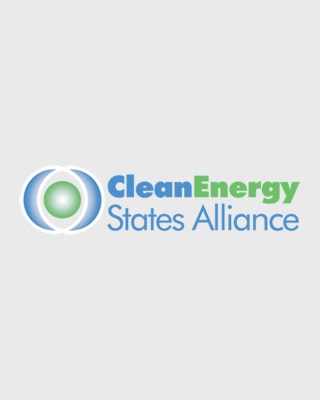Report: “Aggregated Procurement” Could Reduce Costs of Offshore Wind Energy
One of the most common arguments against developing this country’s offshore wind resource is that it is too expensive. However, a new analysis by the Offshore Wind Accelerator Project shows that “aggregated procurement”—or purchases of large amounts of offshore wind energy by a buyers network—could substantially lower its costs.
The report, Collaborative Procurement of Offshore Wind Energy – A Buyers Network: Assessment of Merits and Approaches, examines how purchases by groups of creditworthy off-takers, in combination with low-cost financing and extension of key federal tax credits, could lower the levelized cost of energy for offshore wind to $95 per megawatt hour, on average. This would make offshore wind power highly competitive with other forms of electricity in the U.S.
So how does it work? By creating economies of scale, a buyers network—a consortium of creditworthy purchasers that could include utilities, state and federal agencies, large private commercial and/or institutional entities—would enter into long-term contracts with a developer for a project’s generation. By wielding more purchasing power than individual buyers, a network can spread fixed costs for things like transmission lines, lower construction costs, reduce risk, and reduce capital costs. The result, according to the report’s economic analysis, is cost-competitive offshore wind power.
Specifically, the report finds that “aggregated procurement” has the potential to reduce the expected levelized cost of energy—essentially, the constant price per unit of energy that will lead to an energy project investment to break even—by roughly $35 per megawatt hour. And if a buyers group uses low-cost debt in the form of taxable or tax-exempt bonds, the cost could be further reduced by as much as an additional $20 per megawatt hour.
Finally, if Congress reauthorizes the Investment Tax Credit—a key piece of federal policy that will expire later this year—it could result in an additional $50 per megawatt hour reduction in offshore wind energy’s cost.
In short, the use of aggregated procurement could be a game changer for the U.S. offshore wind industry. Despite its enormous job creation potential, opponents often turn to simplistic arguments about its “high” costs. However, a buyers network could bring offshore wind energy costs down dramatically and provide developers, investors, and businesses the confidence to build this new clean energy sector.
Published On
September 11, 2012

